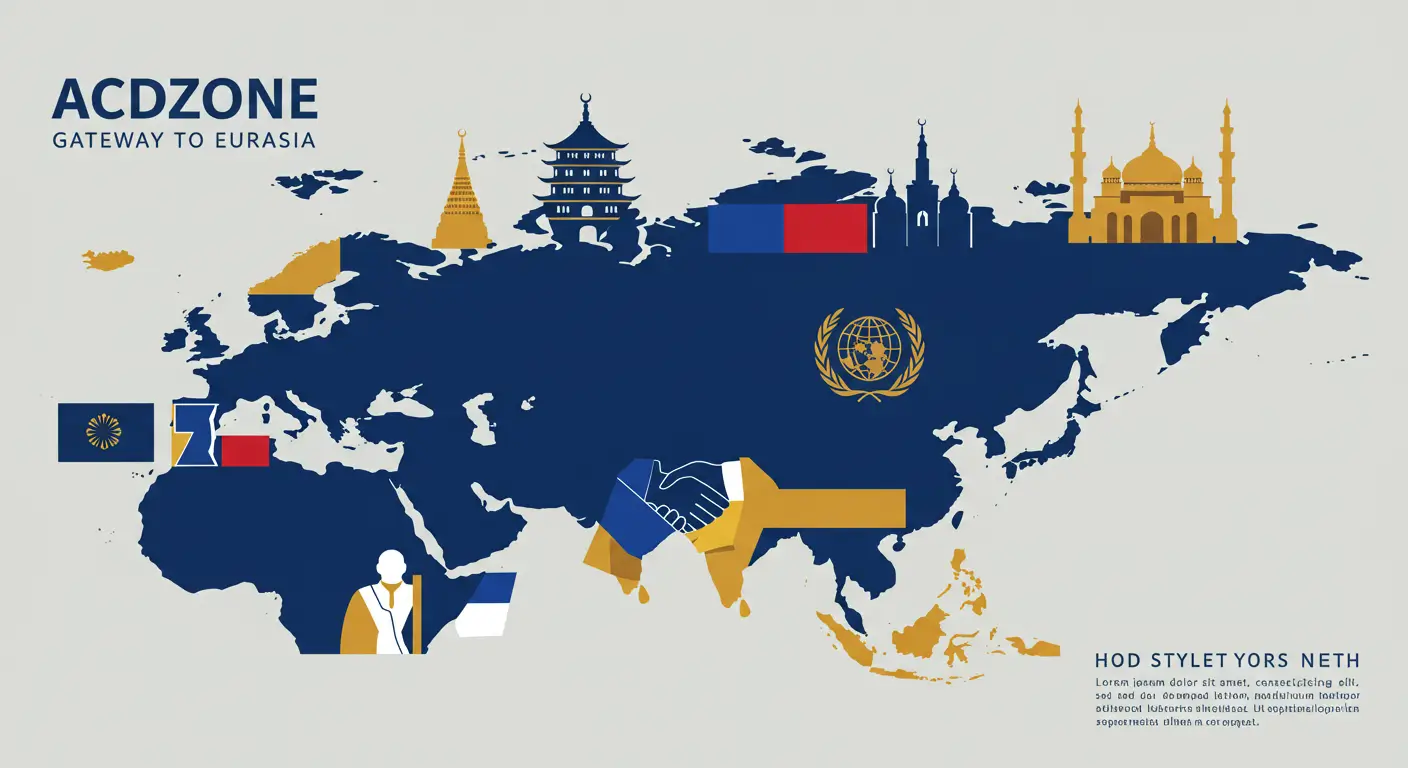The Dilmun Civilization is among the earliest and most influential cultures of the Arabian Gulf. Centered in what is now Bahrain, it flourished during the third millennium BC and became a meeting point for people, ideas, and goods moving across the region.
A Crossroads of the Ancient World
Dilmun’s strategic island position turned it into a vital stop on maritime routes linking Mesopotamia, Magan (in today’s Oman), and Meluha (the Indus Valley). Merchants passed through its harbors with copper, dates, textiles, timber, and—very likely—pearls, leaving behind a legacy of prosperity built on seaborne trade.
Cities, Temples, and Everyday Life
Archaeology brings Dilmun into focus through layered towns and religious centers. Qal’at al-Bahrain, now a UNESCO World Heritage Site, reveals fortifications, neighborhoods, workshops, and storerooms that hint at thoughtful urban planning and capable administration. The Barbar Temples, built in successive phases, point to a spiritual life tied to water, fertility, and renewal—motifs echoed in Sumerian and Akkadian texts that praised Dilmun as a pure and blessed land.
Seals, Administration, and a Sophisticated Economy
Small stamp seals from Dilmun show animals, geometrics, and other symbols used to mark goods and manage inventories. Their widespread presence suggests organized systems for storage, shipment, and identity, the bureaucratic backbone that kept long-distance commerce running smoothly.
Change, Decline, and What Remains
By the mid-second millennium BC, Dilmun’s prominence faded, likely as trade routes shifted and environmental conditions changed. Yet the civilization did not simply vanish; its material culture and memory persisted in the layers of its cities and in the writings of its neighbors.
The Living Legacy in Bahrain Today
Modern Bahrain carries Dilmun’s imprint in its museums, landscapes, and community identity. Walking the ramparts of Qal’at al-Bahrain or wandering the precincts of the Barbar Temples is to step into the rhythms of an ancient port society whose influence still lingers in the island’s outlook and openness to the wider world.










No comment